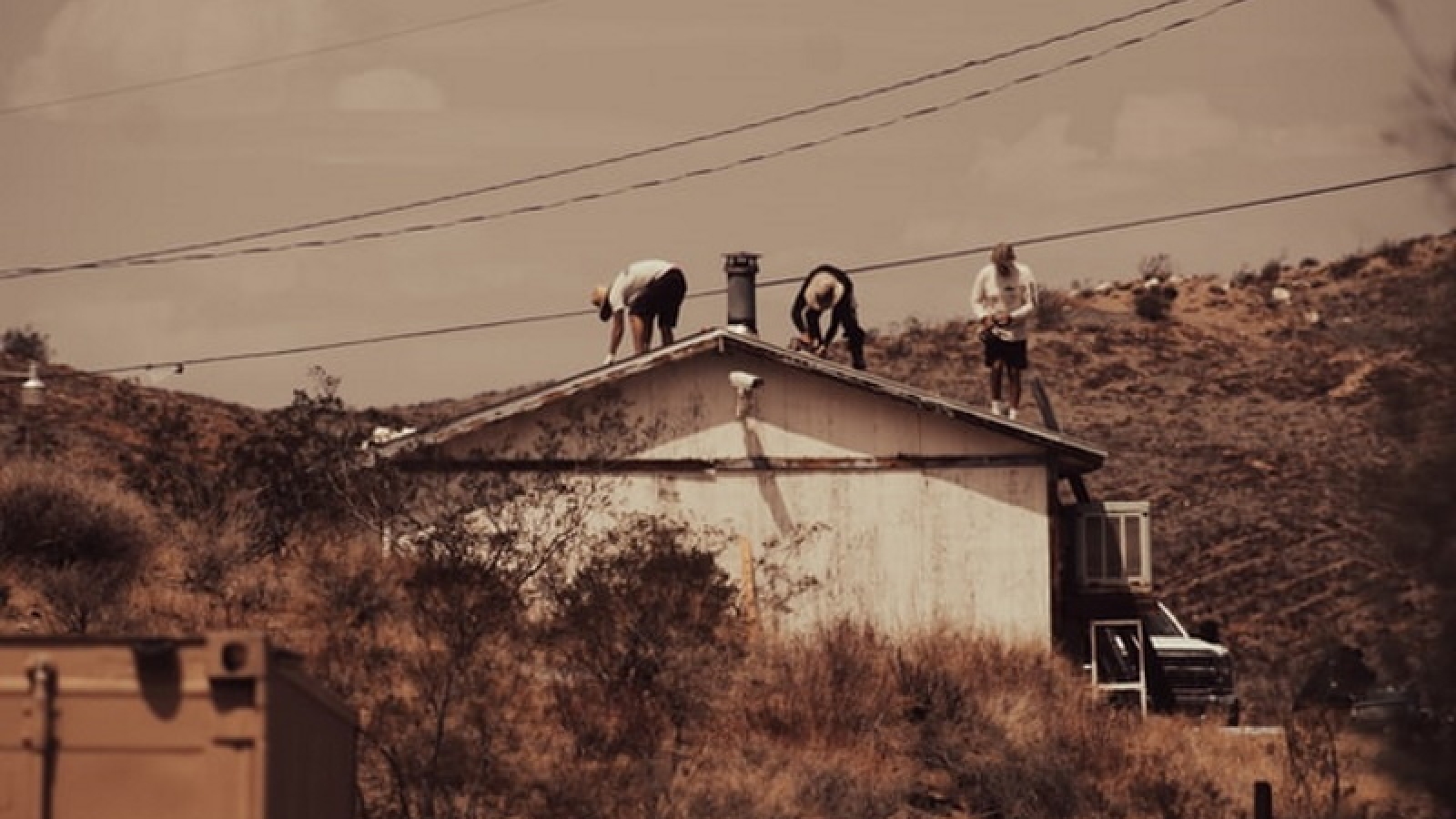Have you ever wondered why asphalt shingles cup and curl? There are plenty of reasons besides weather conditions that compromise your roof.
Asphalt shingles offer a multitude of advantages over other roofing materials. Besides their cost-effective quality, they’re also versatile enough to cover different angles, forms, and shapes.
Asphalt roofing is energy efficient and can withstand fire and high winds. But like all other roofing materials, it has its share of weaknesses.
You’ve come across several houses in your neighborhood with asphalt roofs, and the one thing you notice right away is the cupping and curling shingles. Have you ever wonder why?
Why do Asphalt Shingles Cup and Curl?
Since it’s a relatively common sight, you may think that it’s no big deal. On the contrary, cupping and curling shingles are telltale signs that something is wrong with the roof.
Cupping occurs when the shingle’s center portion is curved in or concave, forming a bowl-shaped appearance. On the other hand, curling happens when the shingle’s edges elevate or turn up while the center remains flat.
Most homeowners don’t pay attention when or why their asphalt shingles cup and curlo until it’s too obvious. Usually, they believe that it’s purely an aesthetic issue.
But get this: there are reasons why asphalt shingles cup and curl compromising their usual shape, and it’s a problem requiring an immediate inspection; the lack of attention may eventually force you to re-roof.
It’s your job as a property owner to learn of the possible causes behind the cupping and curling of shingles so that you’ll prevent them from happening in the first place.
You’re in no condition to fix the problem unless you’re a professional roofer. The best option is to call a licensed roofing company as soon as possible.
1 – Severe Weather
Some reasons are beyond your control, including harsh weather conditions. If your roof is less than five years old, there’s no reason for the shingles to start showing signs of deterioration other than extreme weather.
Contributory factors include hailstorms and constantly changing temperatures. Hail usually damages a few tiles, which you can replace individually. But extreme heat does more profound damage to asphalt shingles.
2 – Age
Like harsh weather, you don’t have control over the age factor. No matter how much you take great care of your asphalt roof, it’ll never last forever. So, expect the shingles to start cupping and curling when the roof is at the end of its life.
Some homeowners try to delay the inevitable by replacing individual shingles, but they’ll have no other choice down the road but to replace the whole structure.
3 – Insufficient Roof Ventilation
Extreme heat impacts the asphalt shingles on two fronts: above and below. The lack of proper ventilation underneath the roof traps the heat from the sun.
When there aren’t enough vents in the attic, heat doesn’t find a way to get out and the lack of airflow makes matters worst. As a result, the asphalt material gives in to the heat, causing the shingles to deteriorate. This problem is remedied by improving attic insulation.
4 – Inadequate Binders
Supposed you’ve installed your asphalt shingles less than five years ago, haven’t been exposed to harsh weather, and you have proper roof ventilation. Yet you notice some of them curling and cupping; the likeliest culprit is a manufacturing defect.
This is where you’ll feel the impact of choosing a cheap and low-quality roofing material. If there’s not enough asphalt binder on the shingles, the underlying layer doesn’t have sufficient protection against heat damage.
When the thin binder washes off, the shingles give in to the extreme heat and start to curl up.
5 – Handling and Storage Issues
In terms of production and storage of asphalt shingles, what do you porducers prioritise? Quantity over quality, or viceversa? Yes, you have guessed. Here, due to the high demand for the material, producers prioritize quantity over quality.
Although you can still get high-grade asphalt roofing, defects like cupping and curling may still surface early in the roof’s life. It’s because the shingles may have been improperly stored or mishandled before the installation.
There is no way to know when those shingles you bought were produced, and how much time they were exposed to the sun before they ended in your roof. Therefore, those shingles have a significant ‘wear and tear” in them even before you got them.
There are special protocols to handle and store shingles to preserve tgeur physical integrity. If they’re left exposed to the rain and direct heat from the sun, they’ll saturate or get overheated.
What to Do When your Apshalt Shingles Cup and Curl
So, even if you haven’t done anything wrong, there’s always a chance thos asphalt shingles to cup and curl before your eyes.
You can always claim the installer’s workmanship guarantee if there’s proof of mishandling or poor storage as a last resort. But you’ll have to document everything from the beginning, including the name of the roofing contractor and the materials used.
If most of the shingles on your roof show signs of severe damage, you may no longer have a choice but to replace the entire structure. But don’t dwell on anguish – at least you’re now armed with the knowledge on why shingles cup and curl.
It’ll help you prepare for what can happen to your new roof and at least try to prevent the circumstances that lead to its premature decline. And by the way, please hire a licensed and reputable roofing contractor next time.

